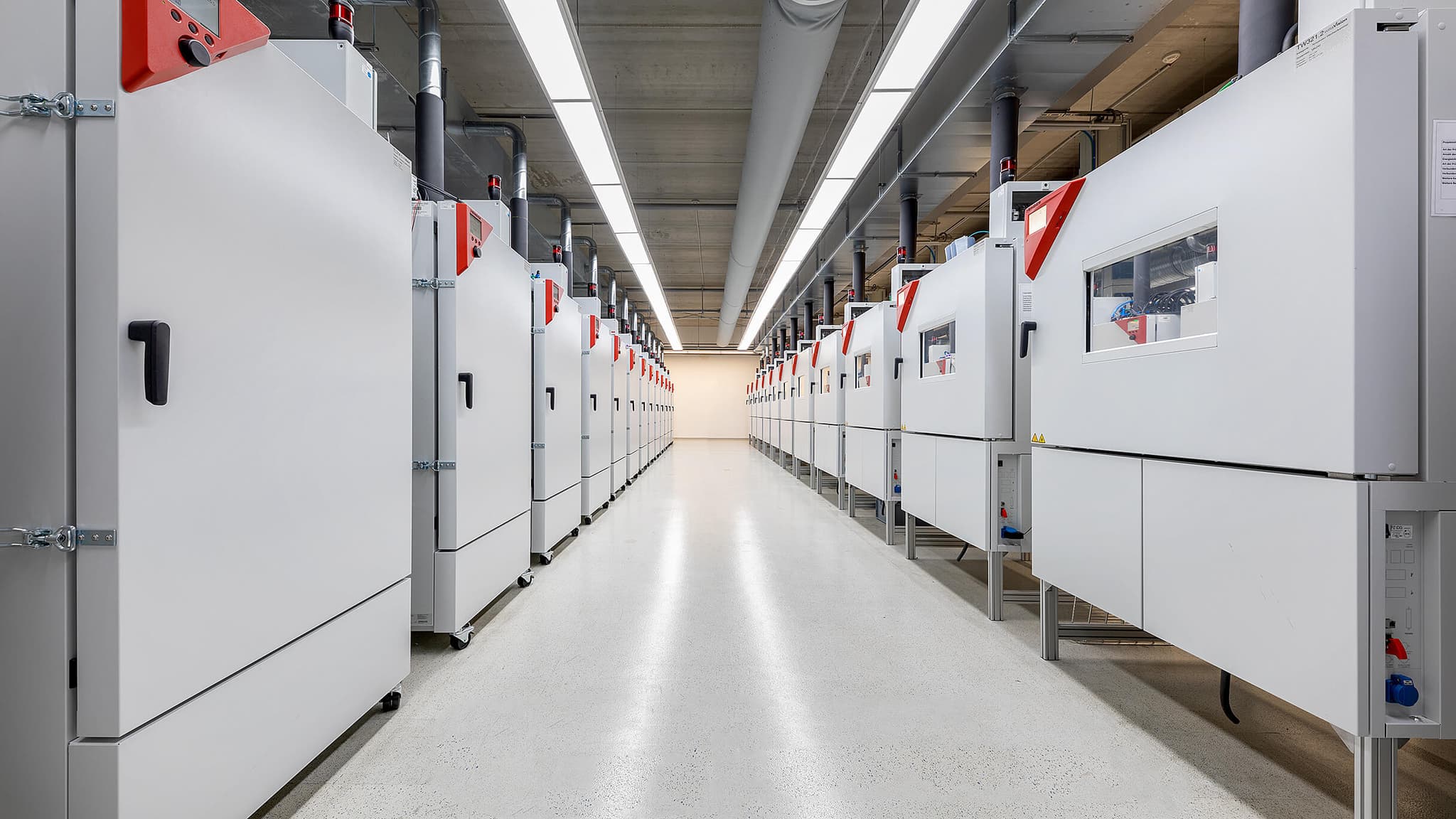Bochum's geothermal leap: A game-changer in industrial cooling
The potential impact is substantial - successful implementation could reduce cooling energy consumption by 70% to 90%. This translates to potential energy savings of about 7% of Germany's total electricity consumption.
Published on December 15, 2024

Pilot lab Voltavision
Team IO+ selects and features the most important news stories on innovation and technology, carefully curated by our editors.
In Bochum, 80 kilometers East of Venlo, a groundbreaking geothermal project named 'MissEllyDEMO' aims to revolutionize industrial cooling. Launched last week, this collaboration between Fraunhofer IEG and Voltavision seeks to cut cooling energy consumption by up to 90%. This innovative system uses 40 geothermal probes to harness seasonal temperature variations, significantly lowering electricity use and CO2 emissions.
The initiative could save over 20 million tonnes of CO2 annually, aligning with Germany's climate goals. The project is backed by substantial funding from the Federal Ministry for Economic Affairs and Climate Action, totaling approximately €2.8 million. By implementing this sustainable cooling technique, the project promises energy savings and demonstrates the viability of integrating geothermal solutions into industrial processes. With a completed feasibility study, the system is set to be fully operational by summer 2025, marking a significant step in renewable energy adoption.
Technical innovation and scale
The MissEllyDEMO project represents a significant technical achievement, utilizing 40 geothermal probes reaching depths of up to 100 meters. This system will deliver an average cooling capacity of 150 kW, which can peak at 550 kW. The installation's storage capacity of 386 MWh is designed to cover approximately 15% of Voltavision's total cooling requirements. Project leader Roman Ignacy from Fraunhofer IEG emphasizes the dynamic nature of the system: "We conceive a geothermal probe cooling system and operate it so dynamically that it can absorb heat energy over a wide power range and at demand-oriented speeds."
Germany's energy challenge
The project tackles a crucial energy challenge in Germany, where cooling systems consume approximately 14% of the nation's electricity. The potential impact is substantial - successful implementation could reduce cooling energy consumption by 70% to 90%. This translates to potential energy savings of about 7% of Germany's total electricity consumption. The system achieves this efficiency by capitalizing on natural temperature differentials, as explained by Voltavision's project manager Lore Mall: "When the outside temperature is low, the cooling water of the systems is already cooled by the ambient cold in the air."
Innovative design
The project's innovative design involves a complex network of geothermal probes operating in closed pipe loops, circulating brine to absorb process heat. Anja Hanßke, Head of Competence Center Wärmenetze 4.0 at Fraunhofer IEG, highlights the system's sophisticated control mechanisms: "Through innovative probe interconnection, we're creating a system that can be dynamically regulated according to thermal loads." The design includes the creation of a digital twin by Fraunhofer IEG, enabling scientific monitoring and operational optimization. This approach maximizes efficiency by utilizing unused cooling tower capacity during periods of low outside air temperatures.
Financial and environmental impact
The Federal Ministry for Economic Affairs and Climate Action has demonstrated strong commitment to the project with two million euros in funding for Fraunhofer IEG and €700,000 for Voltavision. The environmental impact is equally significant, with projected CO2 savings of over 20 million tonnes annually. The system aims to increase free cooling capabilities to 100%, addressing the growing challenge of rising summer temperatures. This approach aligns with broader trends in geothermal energy development, which is increasingly recognized as a versatile renewable resource with significant untapped potential.
